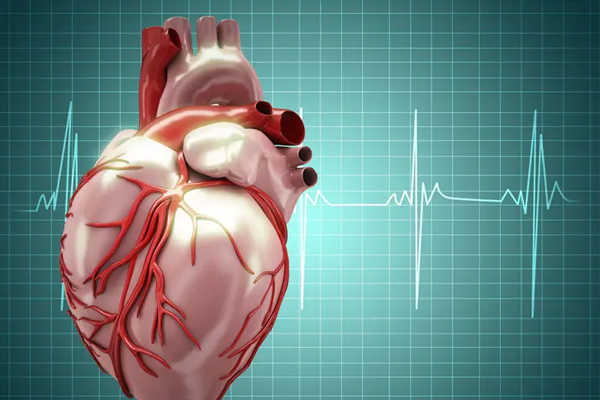What is Clinical and Interventional Cardiology?
Clinical and interventional Cardiology is the
diagnosis and treatment of conditions that affect the heart and
surrounding blood vessels such as:
• Coronary Artery Disease - Medical Management of Vascular
Diseases such as
• Carotid Artery Disease - Medical Management of congenital
heart condition.
Often in clinical cardiology, more than one type of imaging
procedure is used to evaluate patients for cardiac disease.
Coronary angiography is the gold standard for diagnosis of
coronary artery stenosis, magnetic resonance imaging is
performed to determine gross anatomy, and SPECT is used to
evaluate myocardial perfusion. However, image registration of
the heart or its structures is very difficult because the heart
is constantly in motion and because its orientation within the
chest cavity may change with patient positioning. Thus, most of
the work in cardiac registration is still in the research phase.
For example, accurate assessment of the extent and severity of
coronary artery disease requires the integration of
physiological information derived from SPECT perfusion images
and anatomical information derived from coronary angiography.
This integration can be performed by registering a 3D LV model
representing myocardial perfusion with the patient's own 3D
coronary artery tree and presenting both in a single unified
display. The patient-specific 3D coronary arterial tree is
obtained from a geometric reconstruction performed on
simultaneously acquired, digital, biplane angiographic
projections or from two single-plane projections acquired at
different angles. The 3D myocardial surface can be generated
using boundary detection or modeling techniques on the SPECT
image.

